Circumstances seem to have changed dramatically as the 1950s drew to a close.
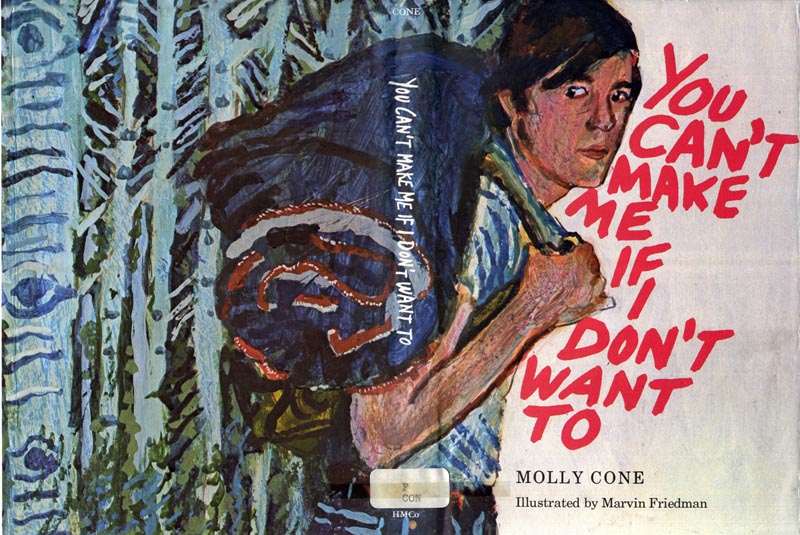
Below, a piece done around 1960 by Marvin Friedman. It was his first assignment from Cosmopolitan magazine. During most of the 1950s Cosmo typically ran five or six illustrations per issue, always assigning them to the best artists of that era. When Marvin began illustrating for Cosmo, things had changed. "Cosmopolitan was literally going down the tubes," he told me. "They were hanging on by their fingernails."

Marvin loved working for Cosmopolitan's AD, Anthony La Sala. "He was like a father to me," Marvin told me. "He used to take me out to dinner, he bought me clothes... Tony always found the money to pay me $2,500 for an illustration." With his art budget severely constrained, La Sala would approach museums and galleries and buy one-time limited reproduction right to famous paintings for $100 a piece - a sort of early-day version of what would now be considered a "stock art" purchase. La Sal would use these gallery images to illustrate most of his fiction stories, saving the bulk of his budget so he could commission one good illustration for one remaining story each month.
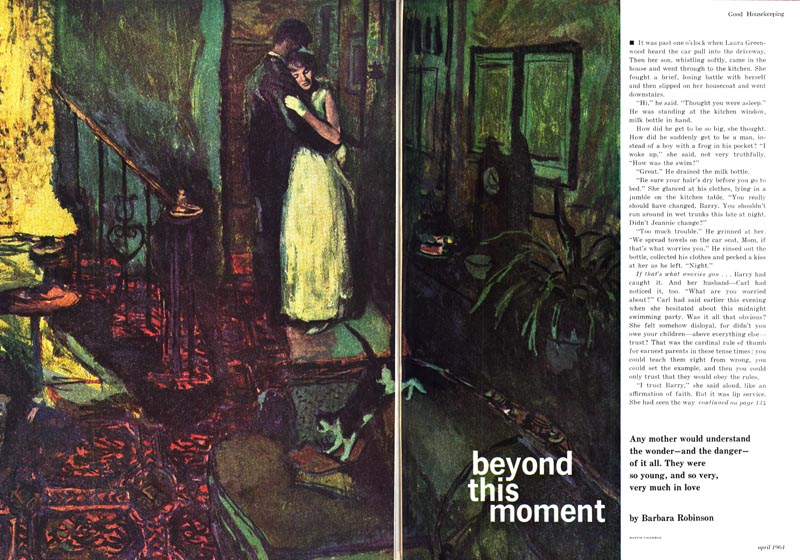
The 1960's would prove to be a challenging decade for Marvin and virtually every other illustrator trying to pursue a career in magazine illustration. As television stole away advertising revenue, page counts went down and magazine editors increasingly turned to photography in place of illustration. Only the truly determined artist could hope to snap up some of the fewer and fewer assignments. "I had to brown-nose," says Marvin, "I had to send liquor out at Christmastime - it was like any other business - you had to do what you had to do to get the work."
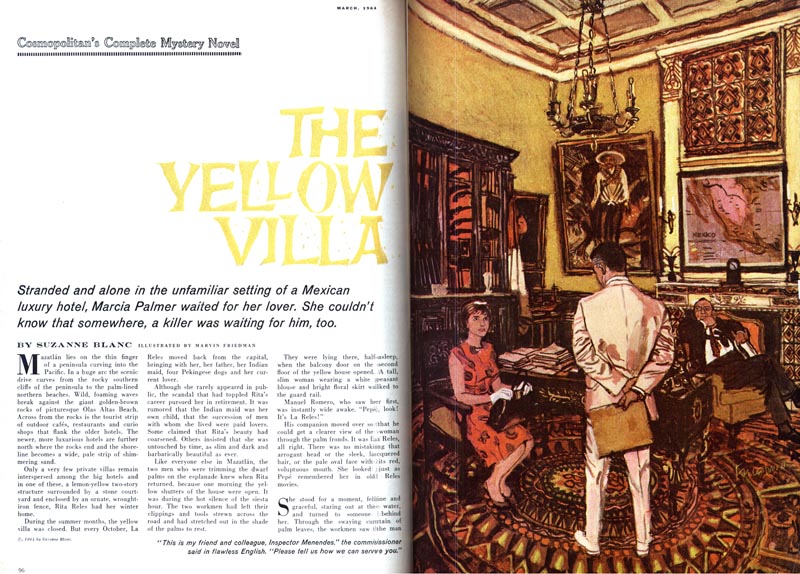
As a young boy Marvin Friedman dreamed of being like Norman Rockwell. Ironically, he has the dubious distinction of appearing in the last three issues of The Saturday Evening Post. "Frank Kilker was the art director then and he didn't say a word to me. He just gave me three or four stories to illustrate. He never told me they were about to fold."
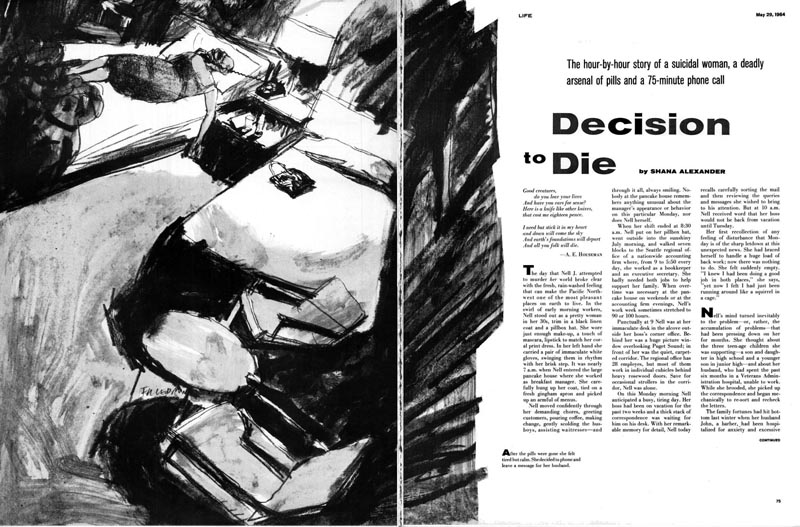
"I mean I used to send out cake [to the art directors] with a note that said, 'Children starving, being evicted - please send work.'
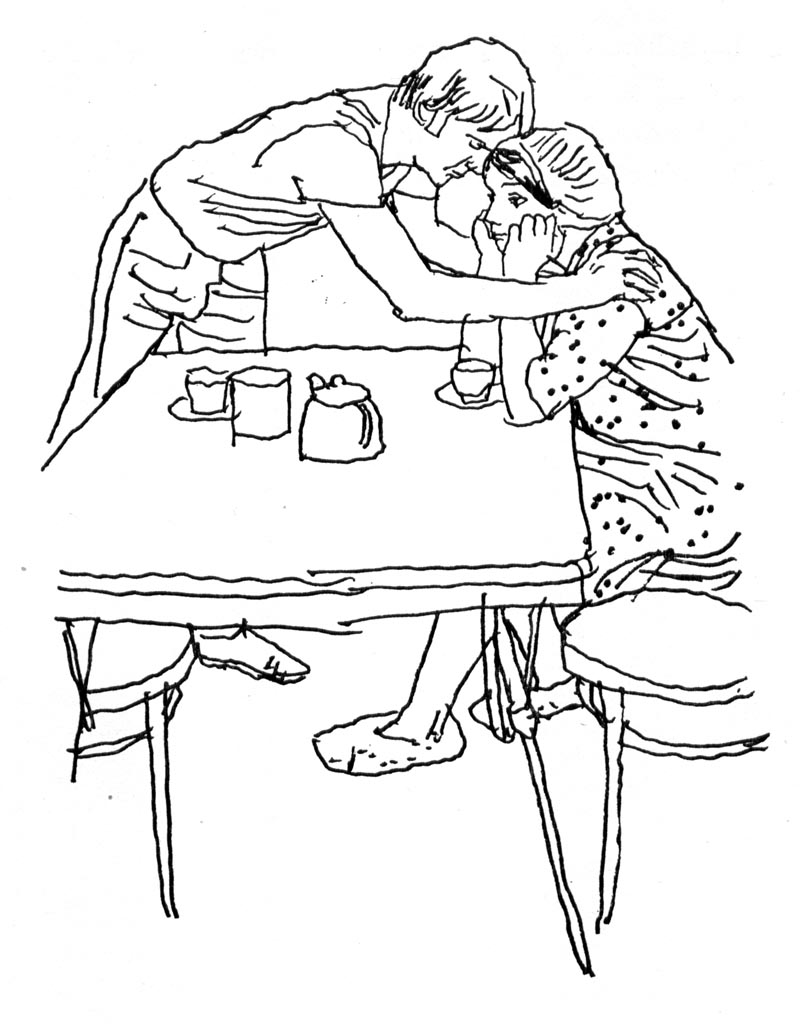
Marvin had a lucky break with Boys' Life magazine - "My longest and biggest client," he says.
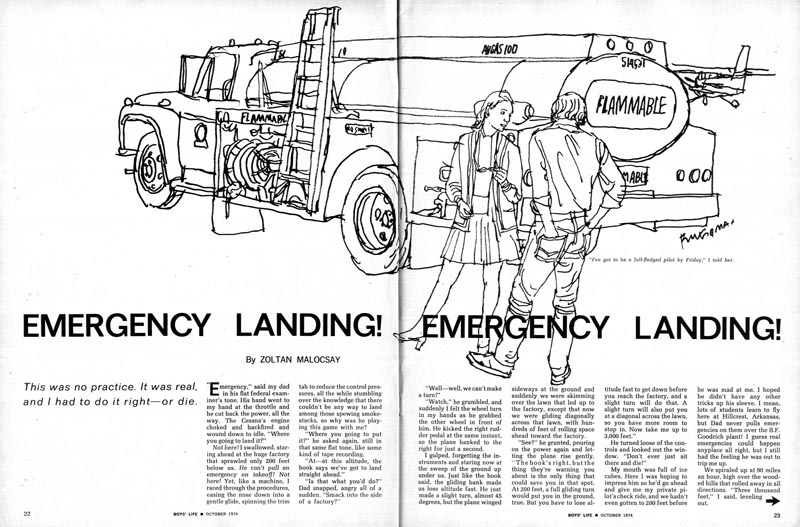
The assistant art director lived in the same town as Marvin, they had a chance meeting and took a liking to each other. "He gave me little spots at the back and the work just grew and grew and grew. They would send me all over the goddamn world, pay me $1,500, $2,000 a spread... it was like a 'wish thing' - a dream job."
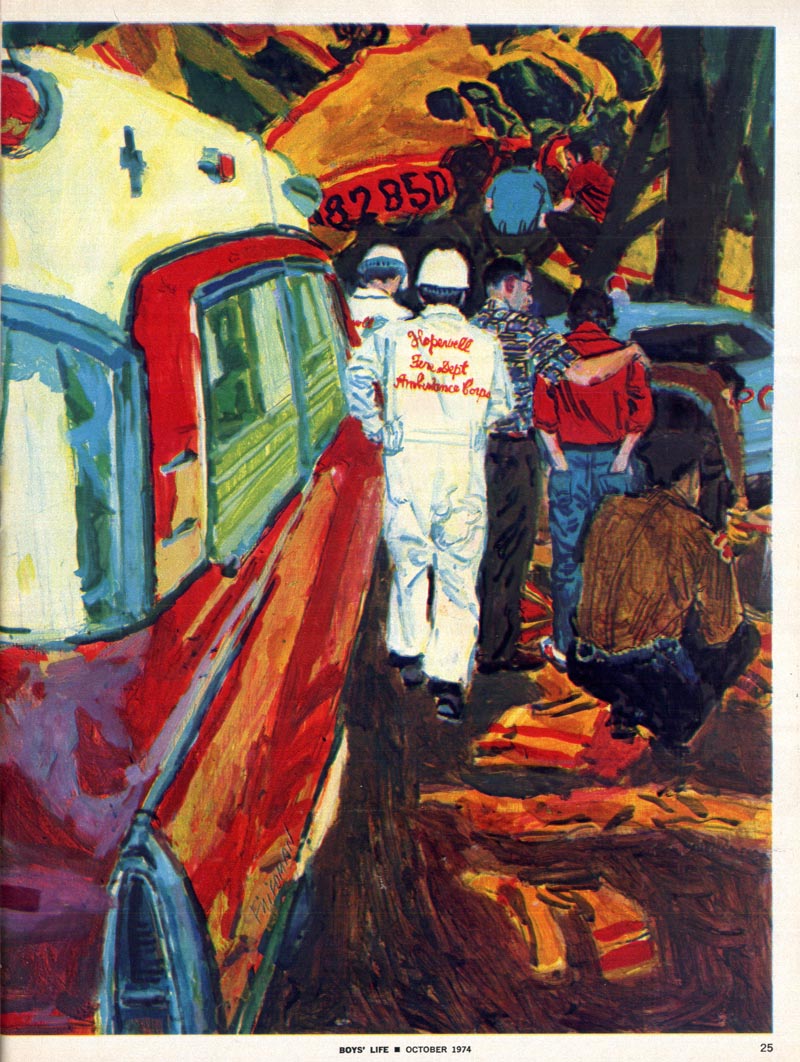
For the purpose of our look at the economics of the illustration industry during the mid-20th century, the numbers Marvin quotes may be anecdotal and based on his personal circumstances, but are nonetheless telling.
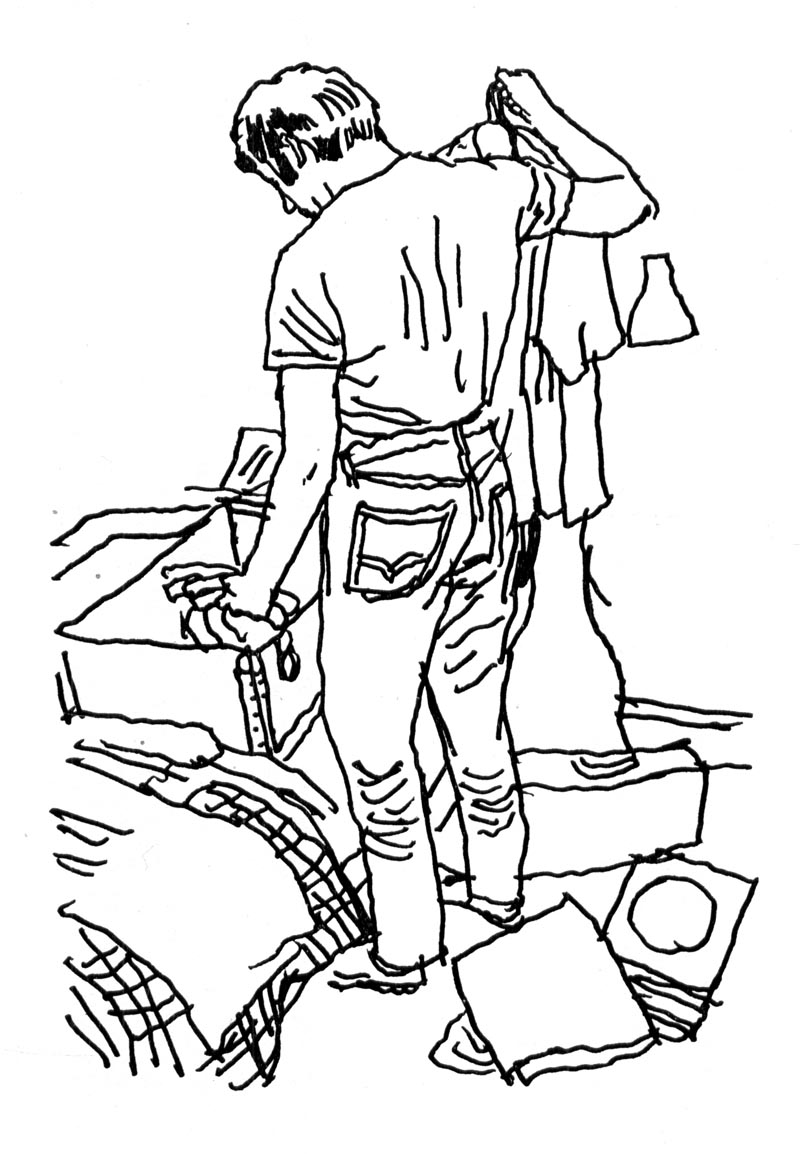
They suggest that rates stopped rising during the 1950s and remained essentially flat from that point onward. When inflation is taken into account, rates were actually beginning to decline during this period, although the cost of living and the average annual income of a middle class family was relatively so low that it might not have been that readily apparent.
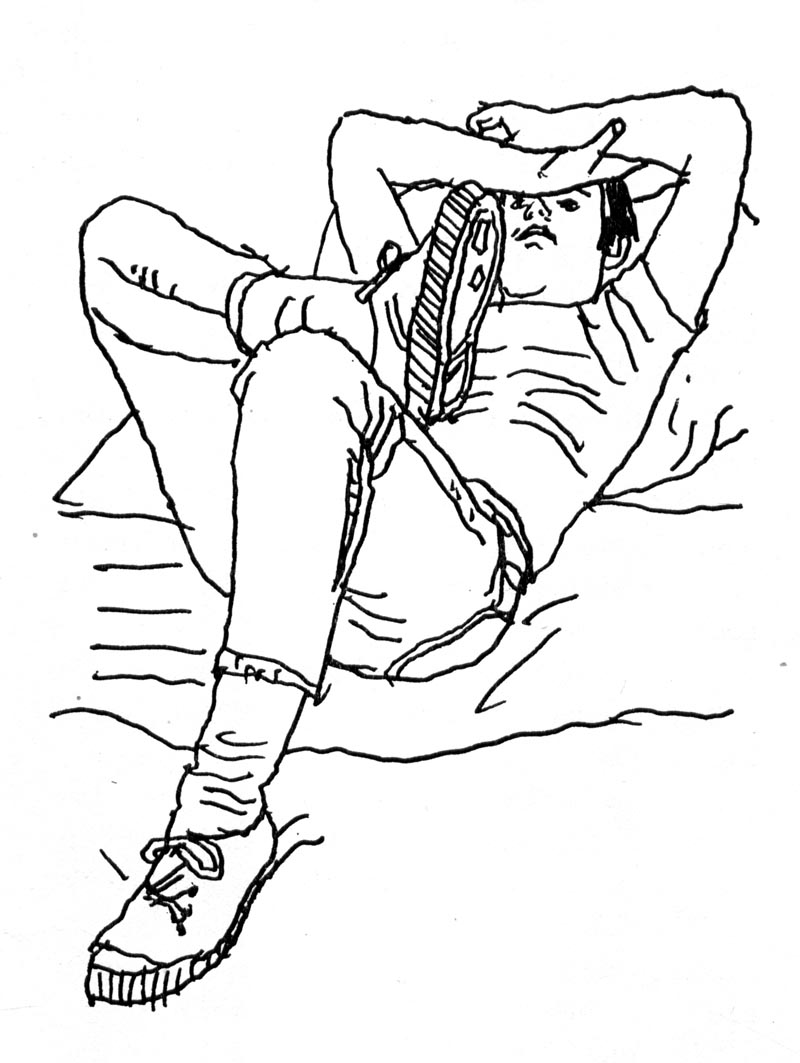
More obvious to the majority of illustrators would be a sudden decline in work from two of what had been consistent, lucrative markets: magazines and advertising.
Tomorrow: more anecdotal evidence of changing times.
* On October 26, from 7 to 9 pm, I'll be in Toronto at The Nook giving a talk about Marvin Friedman and many other mid-century illustrators whom I've written about over the last six years. I'll share stories and anecdotes - some from my research but also many from personal interviews I've conducted with many Canadian and American illustrators of the mid-20th century. I'll be looking at changing styles and technology and how both have impacted the business of illustration over the last half century. Perhaps we can learn something from the lessons of the past... or perhaps we are doomed to repeat it.
Also, there will be treats.
If you think you might like to attend, the details are at The Nook Collective website
This week, a preview of some of my discussion subjects.






0 comments:
Post a Comment